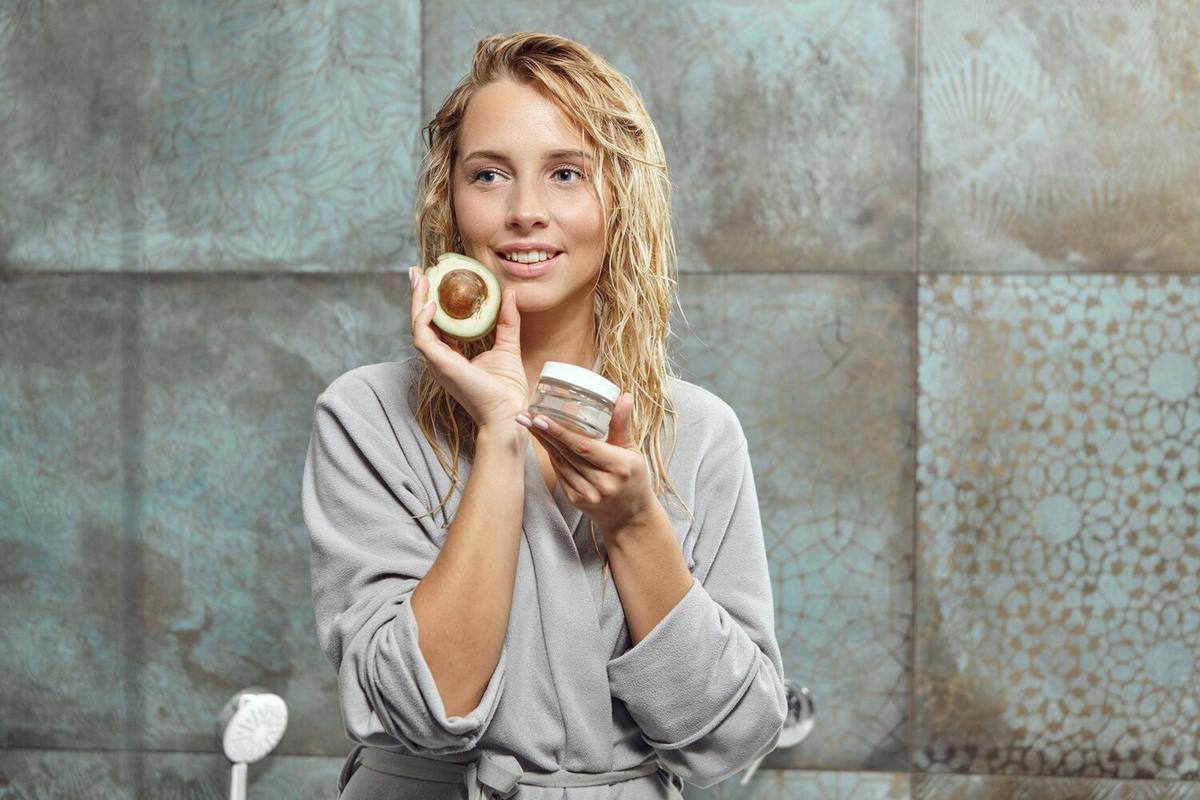Have you ever wondered what goes into your favorite cosmetics? With the growing trend toward natural and organic ingredients, many people are turning to homemade cosmetics as a safer, more sustainable alternative. In this beginner’s guide, we’ll explore some simple and effective natural cosmetic recipes that you can make right in your own kitchen.
Why Choose Natural Cosmetics?
Natural cosmetics are gaining popularity for several reasons. They are often free from harmful chemicals, more environmentally friendly, and can be customized to suit individual skin types and preferences. According to a report by Grand View Research, the global organic personal care market is expected to reach $25.11 billion by 2025, driven by increasing consumer awareness and demand for natural ingredients.
Expert Opinions
A leading dermatologist mentions, “Natural ingredients like aloe vera and coconut oil are less likely to cause irritation and are excellent for maintaining healthy skin.”
Simple Recipes to Get You Started
1. DIY Moisturizing Face Cream
Ingredients:
- 1/4 cup of shea butter
- 1/4 cup of coconut oil
- 1/4 cup of almond oil
- 10 drops of essential oil (lavender or tea tree)
Instructions: Melt the shea butter and coconut oil in a double boiler. Once melted, remove from heat and add almond oil and essential oil. Mix well and let it cool. Transfer to a jar and use as needed.
2. Natural Lip Balm
Ingredients:
- 2 tablespoons of beeswax pellets
- 2 tablespoons of coconut oil
- 1 tablespoon of shea butter
- 5-10 drops of essential oil (peppermint or vanilla)
Instructions: Melt the beeswax, coconut oil, and shea butter in a double boiler. Once melted, remove from heat and add essential oil. Pour into lip balm containers and let it cool.
Personal Anecdotes and Examples
I started making my own cosmetics a year ago, and the difference in my skin has been remarkable. Not only do I know exactly what I’m putting on my face, but I’ve also found it to be a fun and rewarding hobby.
Actionable Tips for Beginners
- Start Simple: Begin with basic recipes and gradually experiment with more complex ones.
- Research Ingredients: Know the benefits and potential side effects of each ingredient you use.
- Patch Test: Always perform a patch test before applying any new product to your face or body.
- Store Properly: Natural products may have a shorter shelf life, so store them in cool, dark places.
Comparison Table of Common Ingredients
| Ingredient | Benefits | Common Uses |
|---|---|---|
| Coconut Oil | Moisturizing, antibacterial | Lip balm, face cream |
| Shea Butter | Hydrating, anti-inflammatory | Face cream, body lotion |
| Aloe Vera | Soothing, healing | Face masks, sunburn relief |
| Beeswax | Protective barrier, moisture retention | Lip balm, lotion bars |
| Almond Oil | Rich in vitamins, nourishing | Face cream, hair treatments |
| Essential Oils | Aromatherapy, various skin benefits | All types of cosmetics |
| Honey | Antioxidant, antibacterial | Face masks, lip scrubs |
| Oatmeal | Exfoliating, soothing | Face masks, body scrubs |
Frequently Asked Questions
Is it safe to make my own cosmetics?
Yes, as long as you use safe, high-quality ingredients and follow proper hygiene practices.
How long do homemade cosmetics last?
Most natural products have a shorter shelf life, typically 3-6 months, so it’s best to make them in small batches.
Can I sell my homemade cosmetics?
Yes, but make sure to comply with local regulations and safety standards.
What are the best ingredients for sensitive skin?
Ingredients like aloe vera, chamomile, and calendula are gentle and soothing for sensitive skin.
Conclusion
Making your own natural cosmetics is not only a great way to ensure you’re using safe and effective products, but it can also be a fun and rewarding experience. With the simple recipes and tips provided in this guide, you’re well on your way to creating your own personalized beauty routine. So why not give it a try? Your skin will thank you!




Leave a Reply